By: Bhagya Wickramasinghe
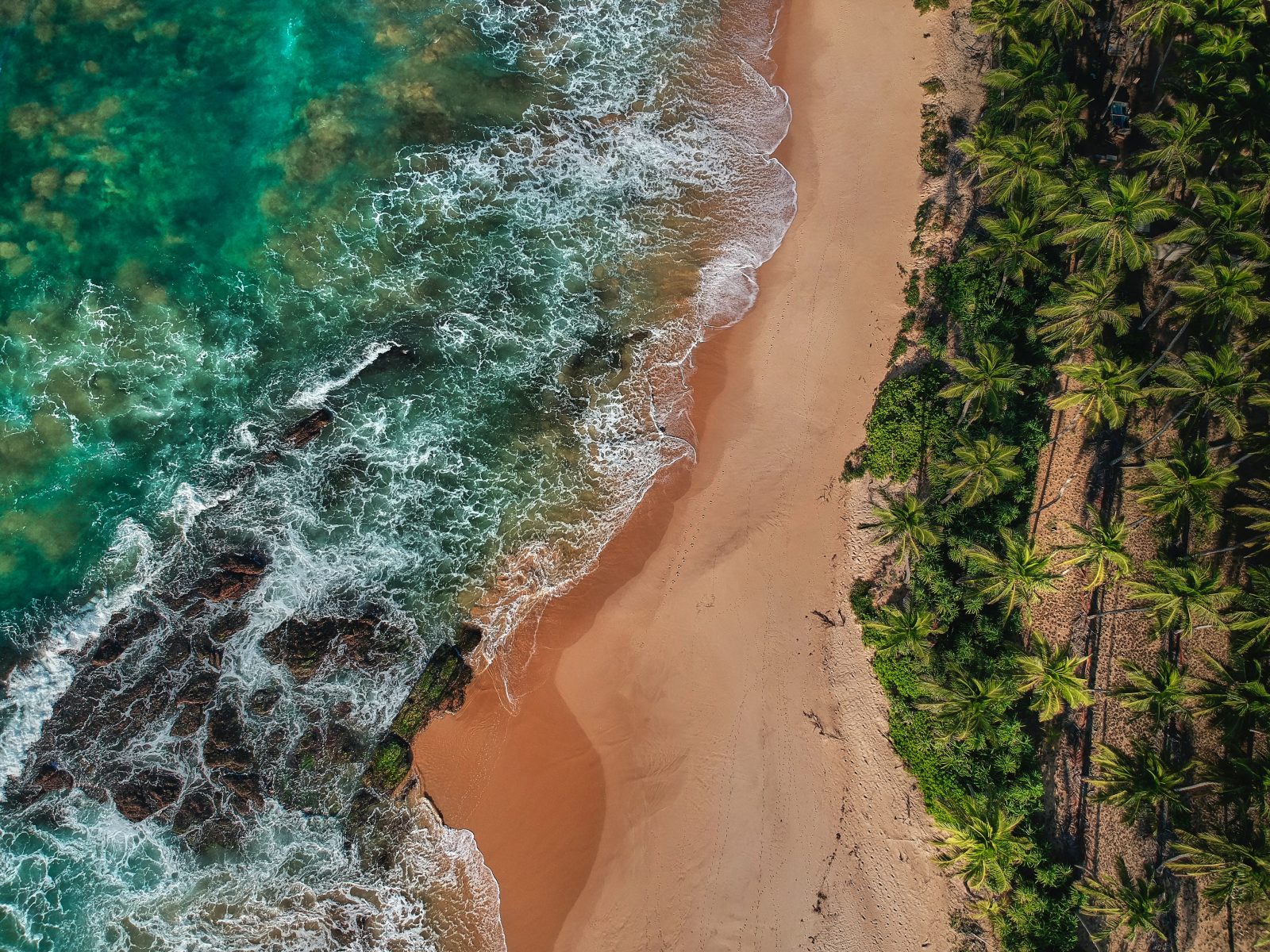
Catchphrase – Environmental Impact Assessment (EIA) law and policy shall ensure successful convergence of conservation and development. It is one of the main tools in achieving sustainable development goals.
Sri Lanka being a country rich with Biodiversity and resources of natural beauty, it is of paramount importance to have a comprehensive Environmental Impact Assessment (EIA) law and policy to ensure successful convergence of conservation and development. It is also one of the main tools in achieving sustainable development goals.
The legitimacy to the national legislation related to environmental conservation stems from Article 27(14) of the 1978 Constitution of Sri Lanka as amended, which states that “the State shall protect, preserve and improve the environment for the benefit of the community”. This directive principle of state policy sets the foundation for the decision makers to align the development decisions with environmental protection and conservation priorities.
Assessment of Environmental Impacts as a regulatory process is contained in 04 main legislations. Chronologically, the first law to introduce the EIA process was the Coast Conservation and Coastal Resources Management Act, No. 57 of 1981. However, the umbrella legislation that has set the general framework and the process to be adopted in carrying out an assessment of environmental impacts is the National Environmental Act, No. 47 of 1980 as amended. It is the regulations and guidelines set out under the NEA that is followed by the other authorities and Project Approving Agencies (PAA).
- Here is a quick reference guide:

a) The umbrella legislation on environmental protection and the assessment of environmental impact process : NEA 1980
The projects that need to submit an Environmental Impact Assessment Report are set out as the ‘Prescribed Projects’ per section 23AA; these are the large-scale development projects or projects which are located in environmentally sensitive areas. The list of the Prescribed Projects and the procedure for approval of projects is set out in Government Gazettes No.772/22 of 24.06.93 as amended by Gazettes No. 1104/22 of 06.11.99 and 1108/1 of 29.11.99.
The PAAs mentioned in Sec. 23AA are identified and gazetted by Gazettes No. 859/14 of 23.02.95, amended by Gazette No. 1373/6 dated 29.12.2004. In approving projects these agencies are required to follow Guidance for Implementing the Environmental Impact Assessment (EIA) Process No. 1 A General Guide for Project Approving Agencies (PAA) – 2006, which sets out the guidelines for approving projects.
The NEA 1980 sets out the steps to be followed in conducting an assessment of the environmental impacts in relation to a prescribed project. The steps of the process as set out in the Guidance for Implementing the EIA Process No. 2 – A General Guide for Conducting Environmental Scoping are:
⇒ Preliminary Information
-
- Project Proponent has to submit information on the nature, scope and location of the proposed project along with location maps and any other information required by the PAA.
⇒ Environmental Scoping
-
- It is the process of identifying important issues which must be addressed in the Initial Environmental Examination (IEE)/ EIA.
⇒ Public Participation – The most crucial aspect of the EIA process where the provision for public participation is contained in the NEA.
⇒ Decision Making – Where the PAA shall either grant approval subject to specified conditions or reject a proposed project.
⇒ Monitoring – Monitoring by the PAA involving compliance with conditions and the effectiveness of mitigatory measures.
Key sections of the NEA related to the assessment of environmental impact process:

b) Development Projects in the Coastal Zone : CCCRMA 1981
CCCRMA provides that the Director-General of Coast Conservation and Coastal Resource Management (DG of CC) has the discretion to identify which projects should follow the EIA process. The Act does not regulate the criteria or the manner in which such discretion would be exercised, and therefore has led to a number of controversial projects to be approved, and decisions to be made that IEE would suffice for certain projects that were considered to have major environmental impacts.
⇒ Some of the relevant sections:
- Section 14 – Any development activity within the coastal zone requires a permit in approval by the DG of CC.
- Section 15 – DG of CC considers multiple factors when granting above permits.
- Section 16 – DG of CC may require the applicant for above permits to submit an IEE or EIA or both. If information in IEE is sufficient, EIA is not needed. This IEE is forwarded to the Advisory Council (AC) for its comments. AC must comment within 30 days. If IEE is insufficient, DG of CC may require an EIA. Once EIA is received, DG submits a copy to AC to comment within 60 days and gazettes its availability for the public to comment upon to DG, within 30 days of the notification. When DG decides on grant of permit, he considers all comments within 60 days after comments are received.
c) Protected areas and development projects in the vicinity of protected areas : FFPO 1937
The FFPO as amended in 1993 provides that the approval of the Director-General (DG) of Wildlife is necessary as set out in section 9A.
- Section 9A – No entity is allowed to carry out a development activity within 01 mile (1.6 km) of the boundary of a National Reserve without prior written approval by a permit by the DG. DG may require an IEE or EIA related to such development activity and submits a copy of that to the Committee to comment upon within 60 days. Notice is gazetted inviting the public to comment upon IEE and EIAs within 30 days of such notice, to the DG. DG considers all comments made and decides on grant of the permit within 60 days after receiving comments.
d) The Provincial Statute on environment and the process of assessment of environmental impact assessment: NWPES 1990
The North Western Province as the only Province with its own Environmental Statute has its own process of assessment of environmental impacts and project approval, that is separate from the central process managed by the Central Environmental Authority. This has led to a number of controversies, especially with regard to the large scale projects such as the Lakvijaya Coal Power Plant located in Norochcholai which is subject to the regulations of the provincial authority and the EIA process set by the North Western Provincial Environmental Statute.
- Section 43 – All prescribed projects by any entity within the North Western Province have to obtain approval from relevant PAAs.
- Section 44 – PAA would require an IEE or EIA to grant approval for the prescribed project. Notice is gazetted and published in certain newspapers on the availability of IEE or EIA to be commented upon by the public within 30 days of such notice, to the PAA. A public hearing may be held. Once the project is approved, approval is gazetted and published in certain newspapers.
- Section 45 – PAAs determine the procedure for approval of projects.
- Section 46 – If PAA does not grant approval, project proponent can appeal to the Secretary of the Ministry. Decision of the Secretary is final, provided that the Secretary obtains the observations of the Advisory Council.
- Section 47 – If the approved project is altered or abandoned, PAA must be informed to take action. Fresh approval would be required in alterations.
- Section 48 – PAAs have to report to the Provincial Authority on approved prescribed projects.
It is necessary to identify by which authority a particular project would be approved, in relation to projects that fall within the ambit of the North Western Provincial Council.
The main purpose of this post is to identify some of the main legislations in Sri Lanka related to the process of assessment of environmental impacts. In this regard the post has inter-linked the relevant gazette regulations and the guidelines applicable in gaining a holistic understanding of the process. The legal regime related to assessment of environmental impacts is over four decades old. There is an urgent need to update the laws and the implementation process to ensure that there is more updates systems such as strategic environmental assessment is included in the process, better regulation for public participation (ensuring that IEE and EIAs are subject to public participation with public consultations) and a robust mechanism for implementation of the guidelines. EIAs are often seen as a burden on the developer or investor, however this is one of the strongest mechanisms that environmental law has to protect and conserve nature and its riches. Therefore, enhanced understanding of the law and the process is important to enhance the effective implementation of regulation and enhancing public participation.
List of References
- C.Kodithuwakku – The Environmental Impact Assessment Process in Sri Lanka
( https://citeseerx.ist.psu.edu/viewdoc/download?doi=10.1.1.517.2352&rep=rep1&type=pdf )
- SACEP- Handbook of National Environmental Legislation and Institutions in South Asia
( http://www.sacep.org/pdf/Reports-Technical/2002-UNEP-SACEP-Law-Handbook-Sri-Lanka.pdf )
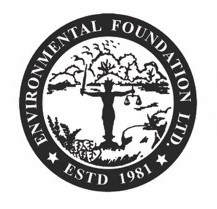
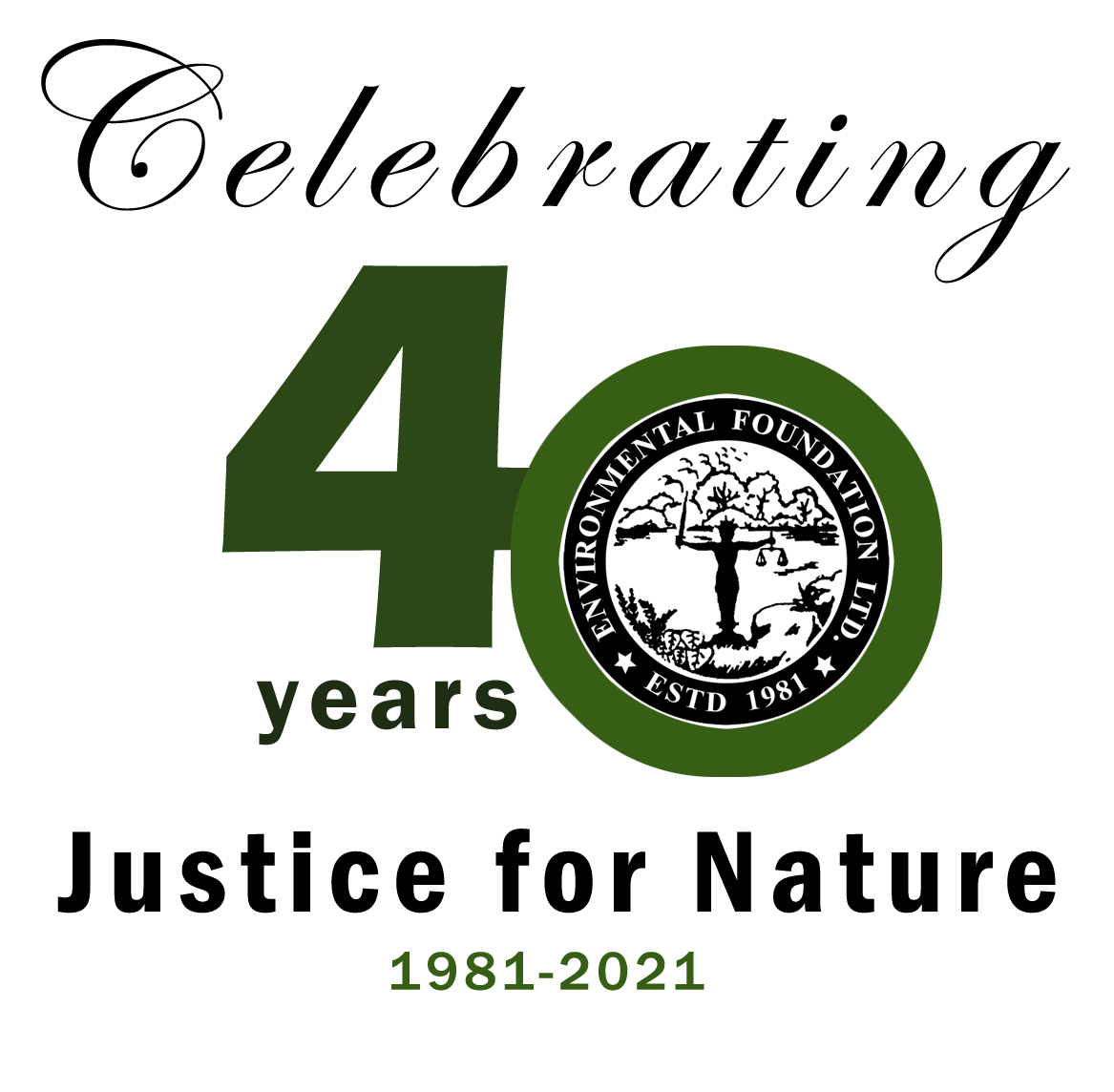

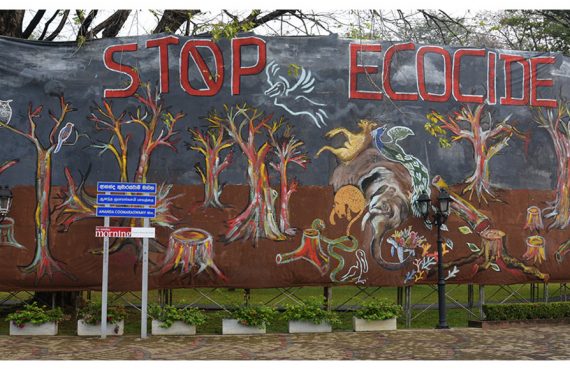


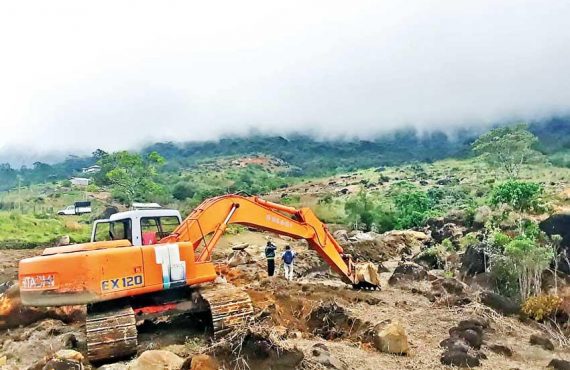


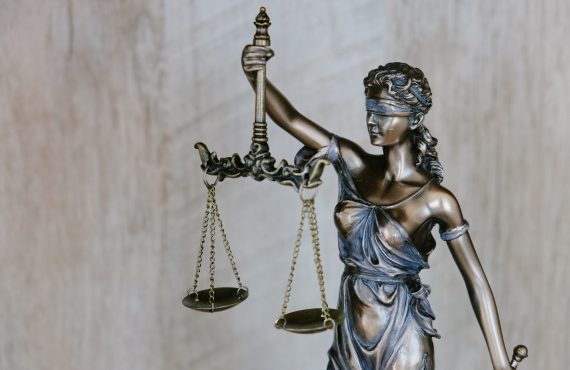





No comments yet.